Instant water heater purchasing advice: how to choose the right product
- The most important facts in brief:
- Instantaneous water heaters produce hot water in areas that are not connected to the central hot water supply.
- A distinction is made between gas and electricity-powered instantaneous water heaters. The gas versions are considerably cheaper to run, but require more maintenance.
- Large units are suitable for supplying kitchens and bathrooms, small units for supplying a hand basin.
- In most cases, installation must be carried out by a specialist technician.
What do I need an instantaneous water heater for?
An instantaneous water heater, also called a flow-through water heater (DWH), is a device for producing hot water. It is usually installed near washbasins in rooms that do not have access to the central hot water network, which is fed by the heating system. In existing buildings, this can be the guest toilet, a wooden hut in the garden or a wash tap in the garage or workshop, for example. An instantaneous water heater heats water on demand immediately before it is drawn off. In this way, hot water is available at all times and no water is heated when it is not being consumed.
How an instantaneous water heater works
If you turn on the hot water tap at a washbasin or shower, the instantaneous water heater recognises a hot water demand and immediately starts heating the water flowing through it.
In the same way, heating must be stopped immediately when the tap is turned off, as the water that is no longer flowing would otherwise overheat. In case of malfunctions, a so-called safety temperature limiter is installed, which switches the unit off in an emergency. Such a safety device must be reset by a specialist technician.
Vaillant presents first unit
The German heating, ventilation and air-conditioning company Vaillant introduced the first instantaneous water heater wall-mounted unit in 1961. The model bore the bulky name Circo-Geyser MAG-C 20, which is why Geyser is still used in specialist circles as a generic name for instantaneous water heaters.
Instantaneous water heater versus boiler
A boiler permanently holds a certain amount of hot water when switched on. In contrast, an instantaneous water heater only heats water when the user opens a mixing tap, i.e. a tap on which hot and cold water can be regulated.
An instantaneous water heater needs a high heat output so that the water flowing through it can be brought to the desired temperature immediately. This means that hot water is always available and you won’t get a cold surprise when you’re in the shower. Only older, hydraulic models cannot guarantee a continuous supply of hot water.
Unlike a boiler, it cannot produce boiling water. On the other hand, a continuous supply of freshly produced hot water is almost always possible. If, on the other hand, the water from the hot water tank of a boiler is completely used up, new water must first be heated. This can mean, for example, that only cold water is available in the shower for a certain time.
The following table summarises the advantages of an instantaneous water heater compared to a boiler.
Pro points
- Only heats the water that is actually needed
- Unlimited amount of hot water available
Drawbacks
- Old, hydraulic devices cannot guarantee continuous hot water supply
Feeding new models with pre-heated water
Newer instantaneous water heaters can be supplied with pre-heated water, e.g. from a solar system. You only have to reheat it to the desired temperature. This is environmentally friendly, saves some energy and thus also costs: every kilowatt hour of electricity saved is reflected positively in the energy supplier’s annual bill.
Limited supply capacity
Since the hot water is produced as it passes through the unit, there are limits to the amount that can be dispensed. Usually there is a maximum of one shower or alternatively two washbasins that you can supply with sufficient hot water. If you need larger quantities, you have to use an additional instantaneous water heater. Moreover, not all models are technically designed to supply more than one consumer such as a washbasin. Simultaneous consumption can lead to problems. Therefore, pay attention to the manufacturer’s specifications when buying.
Instantaneous water heaters are designed as boxes for wall installation and are usually installed decentrally near the tapping point. Accordingly, they are found in many bathrooms in the immediate vicinity of the shower. Some models can be installed outside the splash water area. If this is not possible for visual reasons or lack of space, it is also possible to install them in an adjoining room or cellar not far from the tapping point.
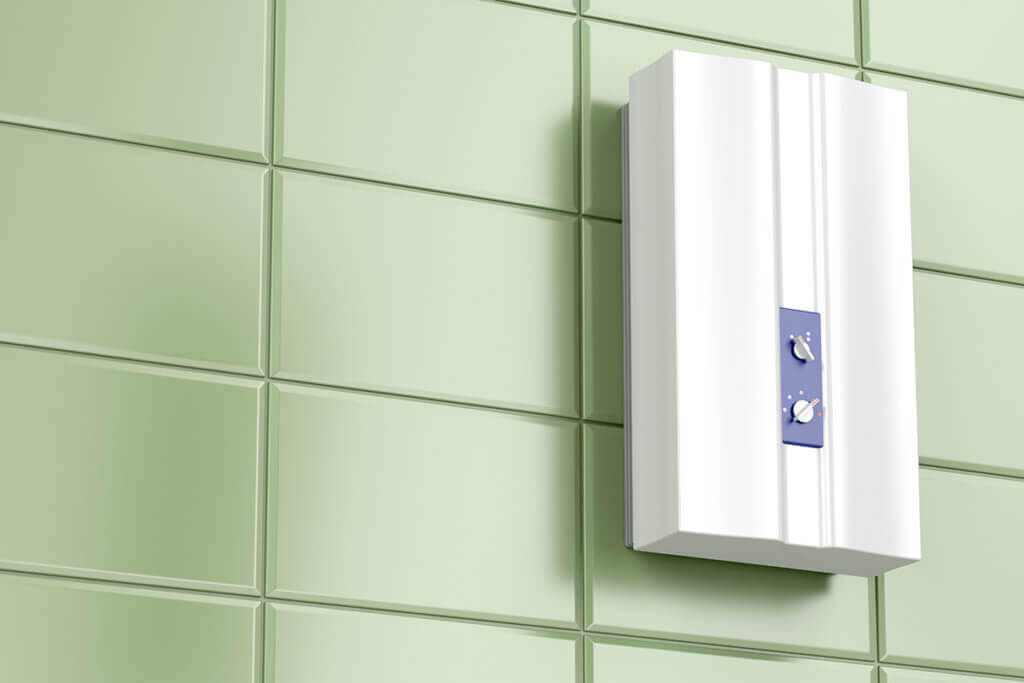
Limited distance to the tapping point
You should keep the length of the water pipe between the instantaneous water heater and the tapping point(s) relatively short. The reason: after closing the tap, the water in the connecting pipe cools down. If you later turn on the tap and ask for hot water again, the cold standing water must first flow out unused before the water at the desired temperature flows in. The longer the pipe, the more water is wasted. From an environmental and cost perspective, it is important to minimise this amount.
Different types: electric or gas-powered
In principle, you have to distinguish between electric and gas instantaneous water heaters. The price of a gas-powered model is higher than that of an electrically powered instantaneous water heater. On the other hand, gas appliances pay for themselves very quickly in multi-person households because of the low consumption costs. However, to be able to use such a gas-powered water heater at all, you need a natural gas connection. Otherwise, you can use the electric models.
Installation by a specialist necessary
Most electric instantaneous water heaters require a direct connection to the mains, similar to an electric cooker. Only a specialist may carry out this installation. However, there are also small appliances that can only supply a sink. These are equipped with a mains plug. You can install the cable yourself at a free socket. The gas versions may also only be installed by professionals. In addition, gas instantaneous water heaters require regular inspection by a chimney sweep.
Electric: cheap to buy, but high energy costs
Electric instantaneous water heaters are widely used. Their biggest advantage is that they run on electricity and can therefore be used even if there is no connection to the gas mains. With electric models, you have to distinguish between the technically outdated, hydraulic electric instantaneous water heaters and modern electronic and fully electronic variants.
Pro points
- No gas connection necessary
- Maintenance-free operation
- Self-installation of small models with mains plug possible
- Smaller than gas models
Drawbacks
- High energy costs
- Sometimes no supply with preheated water
Hydraulic
Hydraulic instantaneous water heaters are older models that are sold less and less in the trade, but they are not available at a lower price than electronic versions. They use a pressure valve to detect the flow rate and switch to a higher heating level when it increases.
Their biggest disadvantage is that they consume much more electricity than electronic and fully electronic models. In addition, the water temperature fluctuates greatly when the water pressure or flow rate changes.
Since the technology is considered outdated, you should consider replacing it with a modern electronic or fully electronic model. At most, you can do without it if the unit is operated in a holiday home or in a shed where you rarely spend time.
Electronic
Electric instantaneous water heaters with electronic water flow sensor have a high efficiency. Little heat is lost via the appliance and the pipe. They are far more efficient than the outdated models with hydraulic sensors. Nevertheless, the energy costs are often at least twice as high as those of gas-powered models. According to a 2014 survey by Stiftung Warentest, an instantaneous water heater that heats the shower water in a four-person household generates annual electricity costs of more than 800 euros. In times of rising energy costs, the appliance of your choice should therefore consume as little electricity as possible.
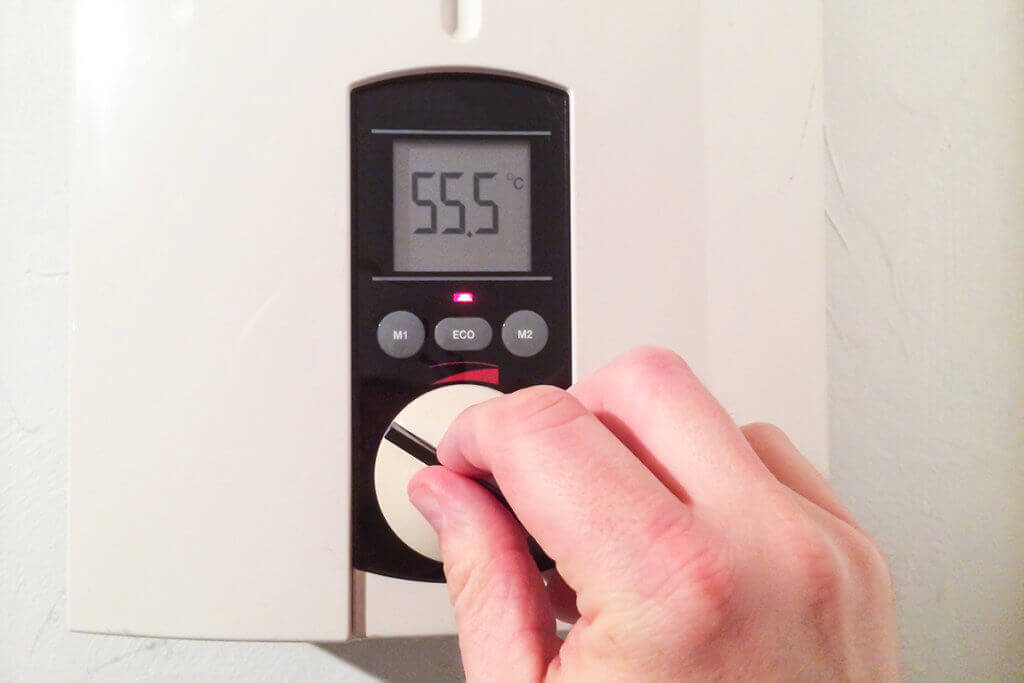
Electronic instantaneous water heaters register not only the flow rate, but also the temperature of the water flowing through. In this way, they can analyse the hot water demand more precisely and accordingly heat more precisely than the hydraulic variants.
Fully electronic
Fully electronic instantaneous water heaters do not differ noticeably from the electronic variants in terms of environmental characteristics and electricity consumption. They can be considered a further development of the electric models and come with special functions such as a remote control or personal programming options. You can select, save and recall desired temperatures via the remote control or the display. Even preset alternating showers are possible.
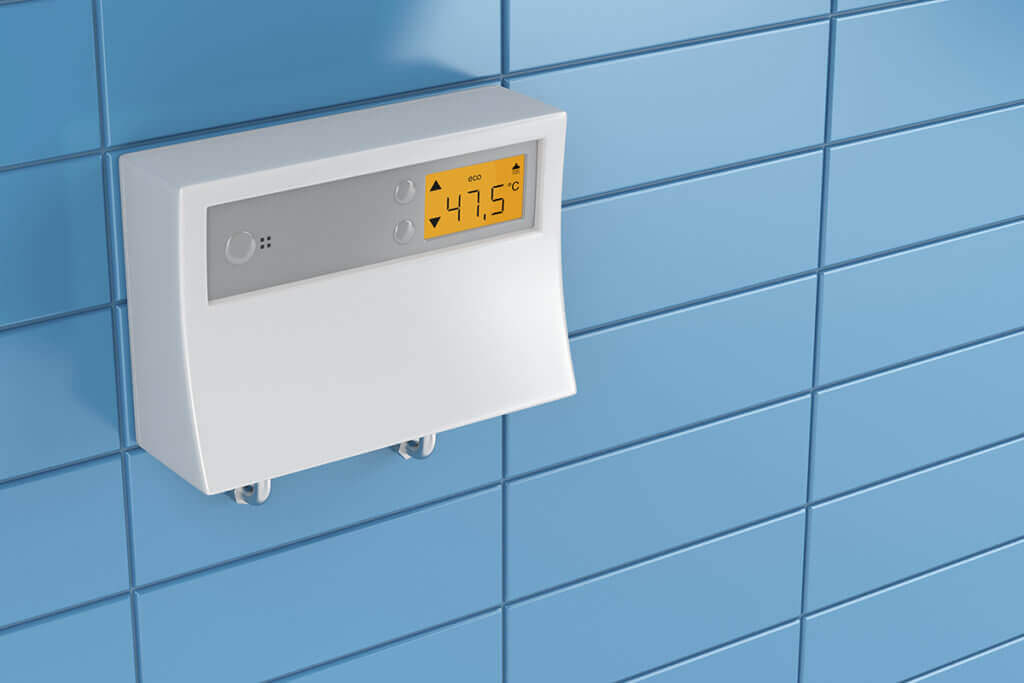
Compared to the electronic models, they also control the flow rate. If users in the household tap hot water at the sink while you are in the shower, such a device throttles the flow so that you are not surprised with a gush of cold water. A big advantage is that these devices can also work with pre-heated water, for example from a solar system.
However, this technology comes at a price: according to Stiftung Warentest, the models can quickly cost three times as much as the simpler, electric versions.
Gas-powered: economical in consumption
Gas instantaneous water heaters are used in houses that have a connection to the natural gas network. Furthermore, you need a flue gas pipe that conducts the flue gases to the outside, as well as a power connection for the electric piezo igniter that automatically ignites the gas in modern devices. The water to be heated flows through fin pipes and is heated by the flame.
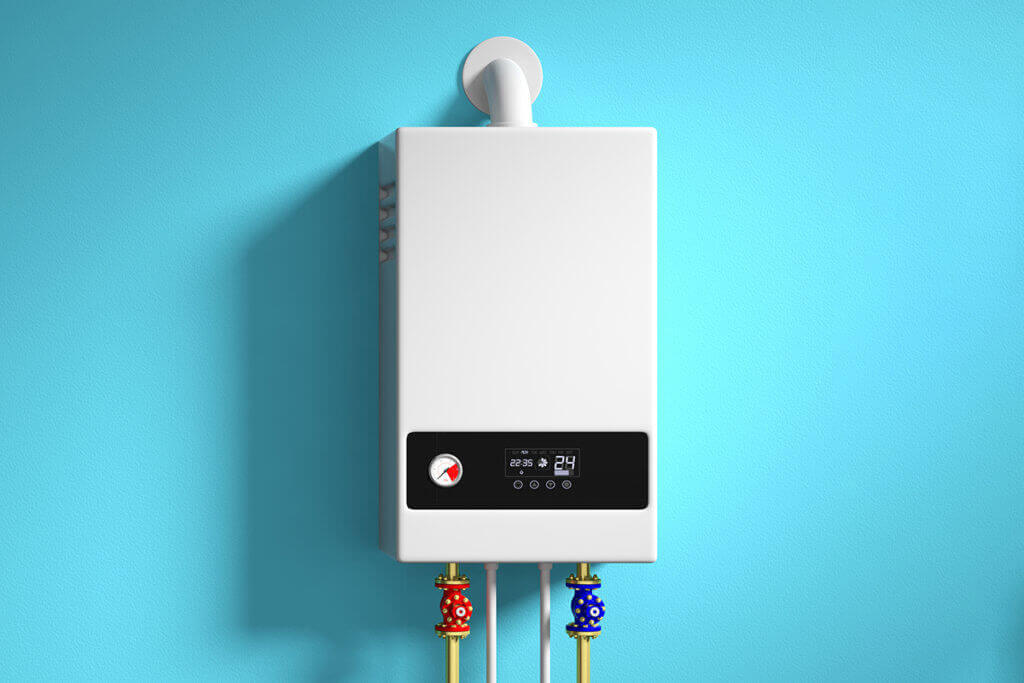
Advantages with the gas-powered models are very low energy loss as well as significantly lower energy costs than with the electric versions. Depending on the model, gas instantaneous water heaters try to cost half, ideally only a third, of the cost of electricity-powered models. In addition, they can work with pre-heated water from the solar system.
The only disadvantage is that gas instantaneous water heaters are usually somewhat larger than the electric ones. Some people might find this an aesthetic drawback in the home. In addition, regular maintenance is necessary to eliminate the risk of gas leakage and the associated potentially fatal carbon monoxide poisoning. In addition, the flue pipe must be checked regularly by the chimney sweep
Pro points
- Significantly lower running costs
- Many models can be supplied with preheated water
Drawbacks
- Larger dimensions than electric models
- Regular maintenance required
Old models with permanent flame largely replaced
Older models were equipped with a pilot flame, i.e. a constantly burning pilot flame. Since even this small pilot flame wastes considerable amounts of energy in the form of gas over the long term, modern appliances use spark ignition.
Mobile use: bottled gas
For mobile outdoor use, for example in caravans or mobile homes, some appliances can be operated with gas bottles. An integrated battery takes over the ignition. Be sure to follow the manufacturer’s safety instructions during installation and use.
Tip for saving water and energy
Flow limiters for taps and shower heads are worthwhile in several respects. They limit water consumption by about half. This not only saves you money on the water you don’t use, but also reduces electricity and gas costs – good for your wallet and the environment.
Buying criteria
In addition to the question of whether you should choose an electric or gas model, factors such as heat output and heating time also play a role. We summarise a selection with the most important criteria.
Heating power: How many appliances can I connect?

If there are several taps, at least 12 kilowatts are required. If the instantaneous water heaters have a heating capacity of at least 18 kilowatts, they are suitable for normal consumption at several taps, including showers and tubs. Be aware, however, that there may be restrictions on the number of consumers for individual models. Small instantaneous water heaters with a heating capacity of 10 kilowatts or less supply the washbasin in a guest toilet, for example.
Temperature range: How hot does the water get?
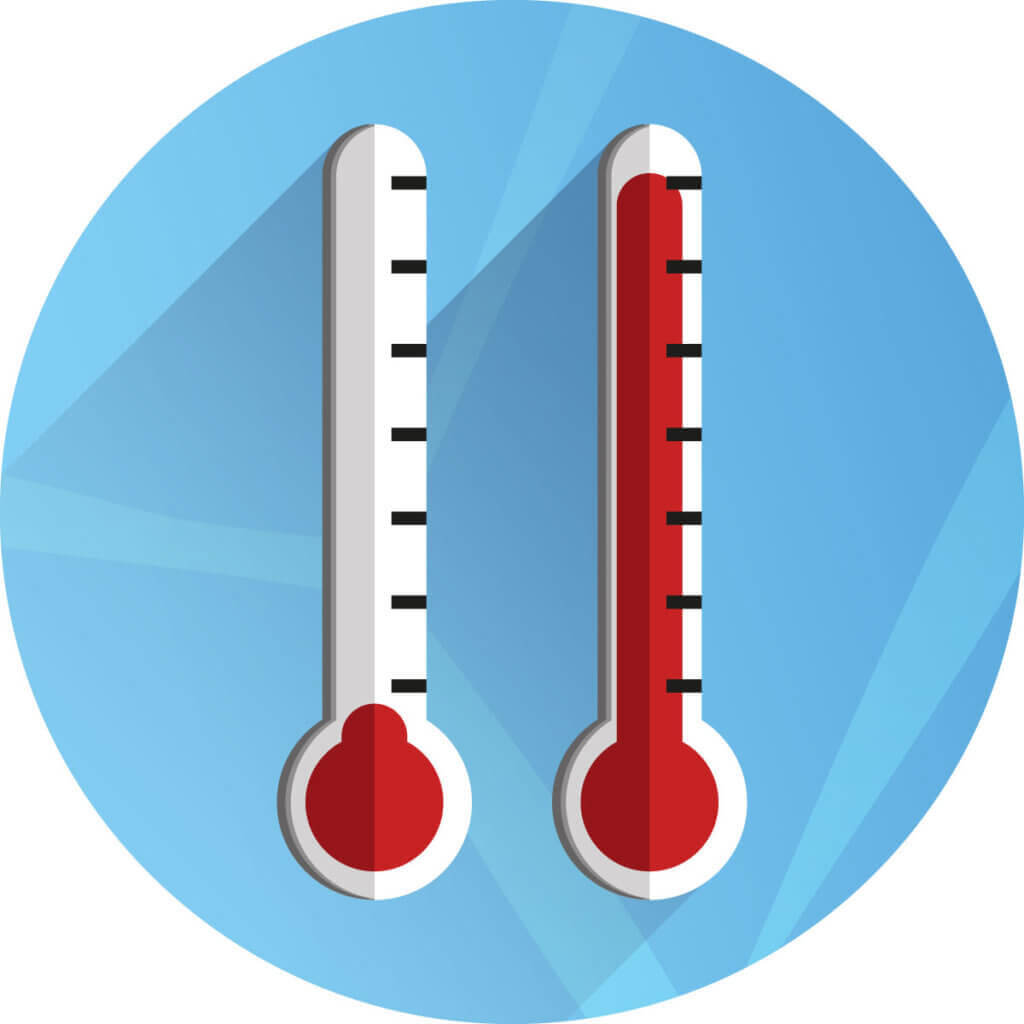
The temperature range indicates the lower and upper temperature limits. Powerful models heat the water up to 60 degrees Celsius. Small models sometimes only reach 35 degrees Celsius, which can get in the way of a relaxing hot shower or a warm full bath. The water is then lukewarm at most.
Temperature levels: Can I choose between different levels?
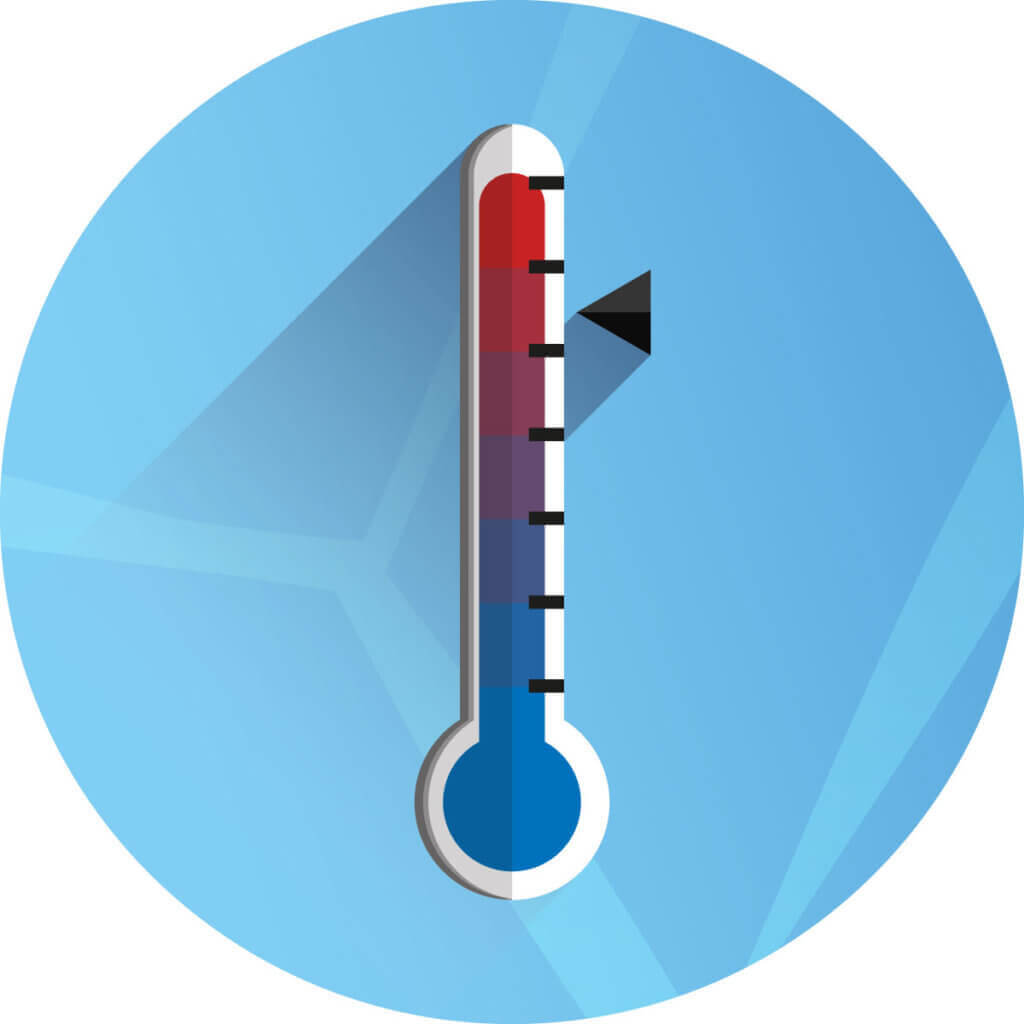
Some, especially older models, do not offer this possibility. They produce a constant temperature. Temperature selector switches allow you to choose different temperature ranges. With some models, you can choose between two or three ranges. Modern devices, on the other hand, are infinitely adjustable.
Water supply: Unpressurised or pressurised?
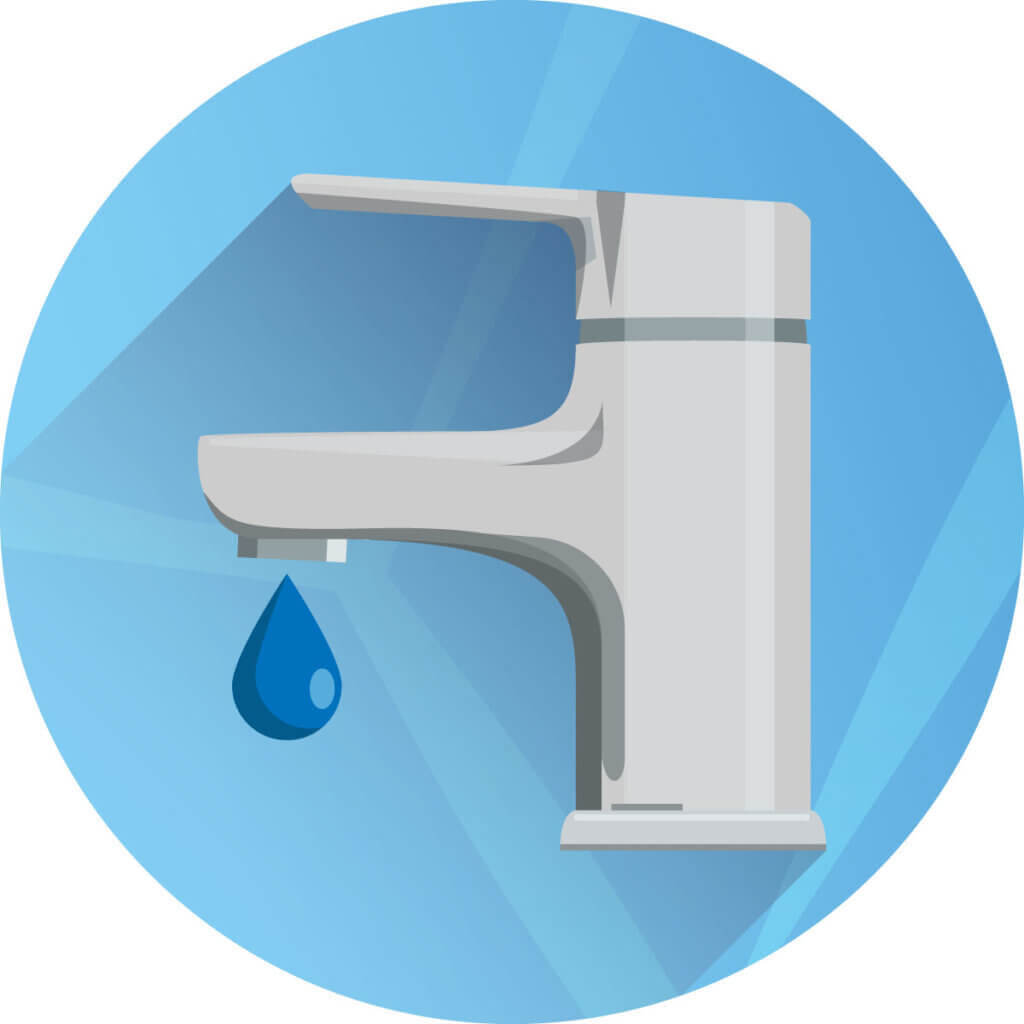
Unpressurised, i.e. open hot water appliances, are suitable for installation close to the point of use at a maximum of one tap. They are not supplied directly through the pressurised water pipe and require special fittings. Pressure-resistant, i.e. closed systems, on the other hand, are suitable for supplying several taps. They must be designed to withstand permanent water pressure. In this way, for example, you can draw hot water from the shower and the kitchen sink at the same time. With these systems, it is possible to use normal taps.
Voltage: How many volts does the unit work with?

The operating voltage indicates the voltage at which the appliance operates. Most models require a direct connection to the 400-volt line, which only a professional may do. Small appliances that only supply a sink often work with 230 volts and have a mains plug for the socket. These voltage types are not compatible with each other.
Under- or over-table: Where can I mount the unit?
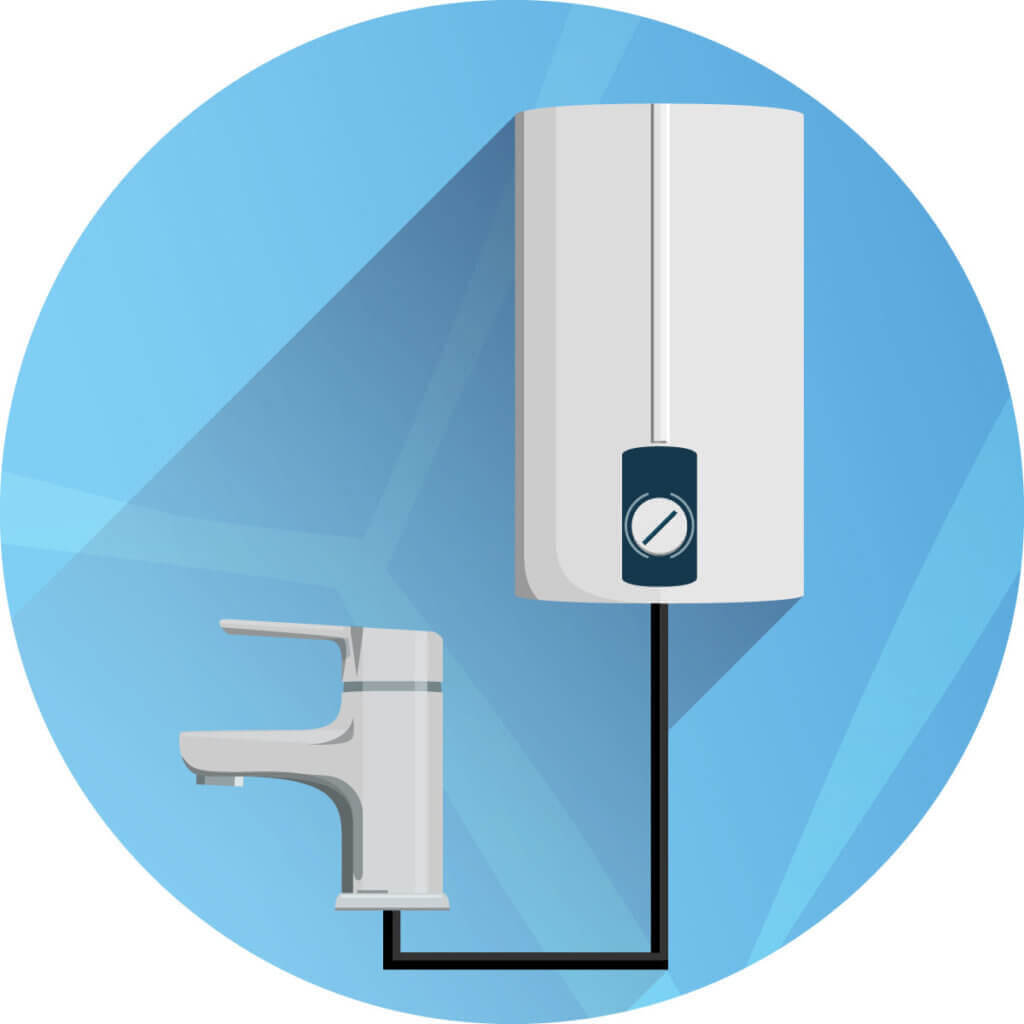
The term “above-the-sink” indicates that the unit is to be installed above the water tapping point. Under-sink units, on the other hand, are located below a washbasin and in many cases offer the more elegant solution: they can be installed in a cabinet below the washbasin, for example, and thus do not disturb the aesthetic impression in the bathroom and kitchen.
Vaillant | Stiebel Eltron | AEG | Siemens | Junkers | Clage | Thermoflow | Bosch | Kospel

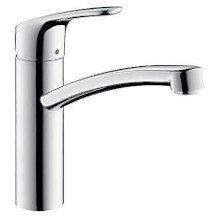
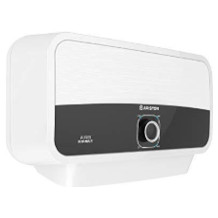
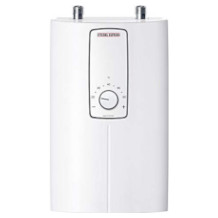
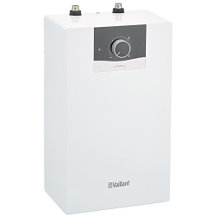
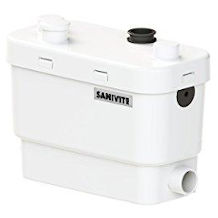

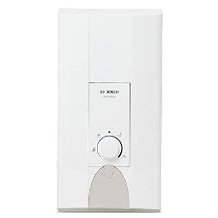

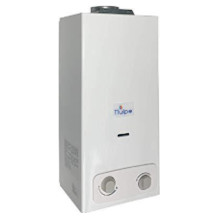

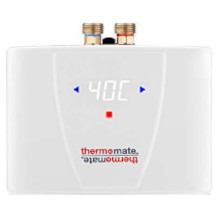
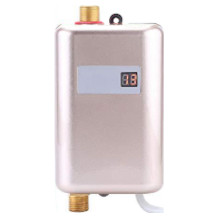
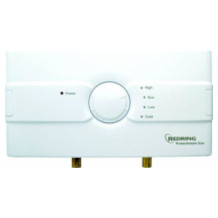

 450 reviews
450 reviews